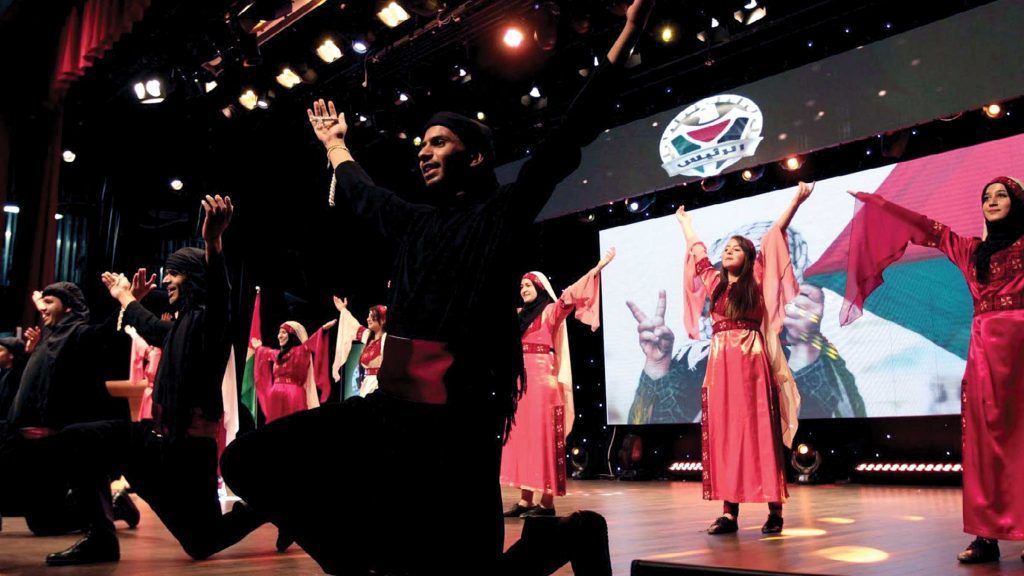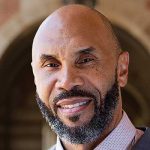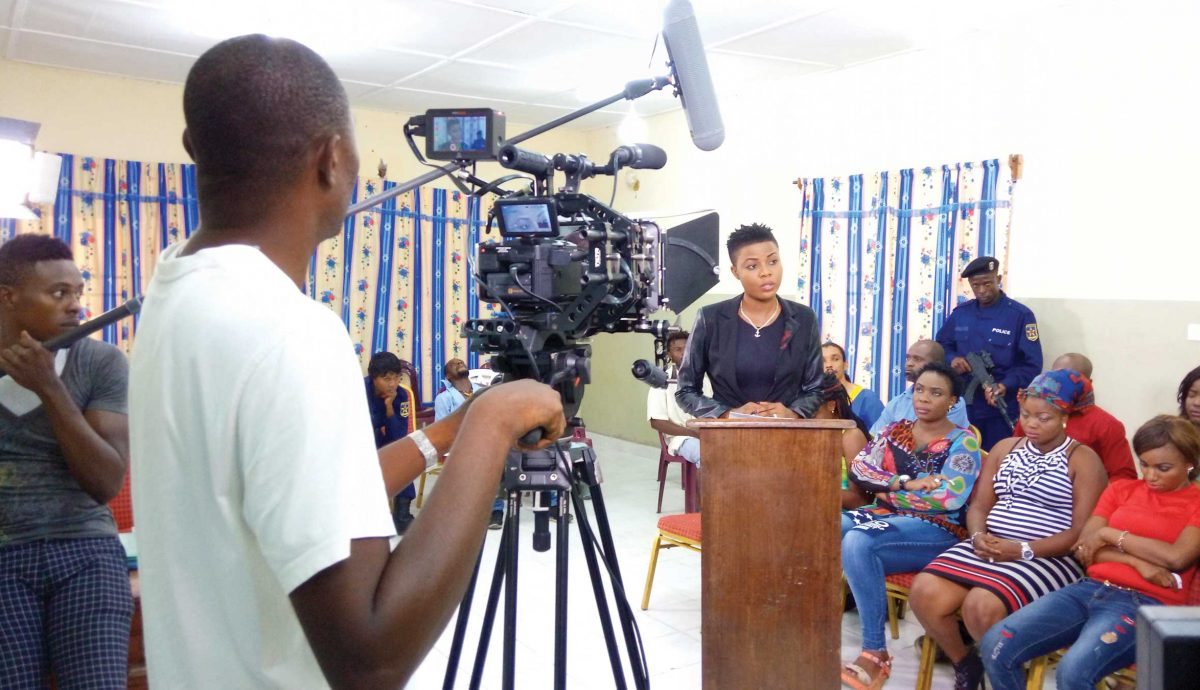
Shamil Idriss
CEO of Search for Common Ground
At Search for Common Ground, we are on a mission to change the way the world handles conflict: away from adversarial approaches, toward collaborative problem-solving.
The Common Ground Approach
Mapping the Next 10 Years at Search for Common Ground. Search for Common Ground, 2018, pp. 3-4.
http://www.sfcg.org/strategic-plan/content/sfcg-strategic-plan.pdf
As CEO, I have the privilege to represent nearly 700 staff supporting communities to prevent and recover from violent conflict in more than 30 countries around the world.
One way we build peace is through media. Our content is designed to provoke discussions within communities in conflict and model new ways to overcome differences. Depending on the issues at hand, we might create community theater, television dramas, reality TV shows, radio programs, or call-in shows, all complemented by extensive community outreach and engagement.
There are three ways that the change we help bring about becomes sustainable. The first is institutionalization: when a government ministry, police department, media syndicate, or other important institution adopts new policies or procedures reflecting principles of peace. The second is commercialization: when a local market emerges to resource a peacebuilding approach so that its continuation need not rely on philanthropic support. The third is popularization: when we effect a change in social norms, or how a large portion of a population deals with differences; this is where social impact entertainment is particularly powerful.
To achieve such change, our teams and partners must all be local, drawn from across the very dividing lines they seek to bridge in their communities. They alone understand the social and political opportunities and dangers that must be navigated. Building trust across divides in Syria or Myanmar cannot be done by people in the US or Europe. All programming must be conflict-sensitive and rooted in local culture.
In this process, the characters we create are critical. They have to be realistic and relatable in order to engage target audiences and spark community dialogue. So, we train local writers, actors and producers in developing character-driven dramas.
We’ve found that repeated exposure to content is much more effective than a one-off. This means that it’s easier to drive change with a popular series than with a film. Neuroscience explains that spaced learning — learning that happens through repetition over time — enables you to fully process material and connect it, often subconsciously, with other things in your life. Plus, the ability to adapt scripts weekly based on what’s happening in a community is useful when working in situations that are often fluid or turbulent.
Search for Common Ground
In 2016, Search for Common Ground worked with 48,000 military and police officers, 6,000 political leaders, 3,000 artists, and 1,215 local partners.
In 2016, Search for Common Ground reached more than 50 million people through media.
Conflict Reimagined: Search for Common Ground 2017 Progress Report. Search for Common Ground, 2017, p. 8.
http://www.sfcg.org/wp-content/uploads/2017/08/2017-Progress-Report-spread.pdf
Illustrating the potential of spaced learning, our weekly series The President inspired young Palestinians to believe they can play an active role in the political process. This reality TV show tasked 100 young citizens with tackling difficult political challenges. With many Palestinians disengaged or mistrustful of politics, the show was designed to inspire a new generation of leaders to create positive change through democratic means. Around 3.8 million people watched each episode, and 88% of viewers polled said they believed young people could make a difference after watching the series. Six of the show’s contestants eventually ran for real positions in local politics, while the first season’s winner was hired by the office of the President of Palestine, serving as an advisor on youth affairs.

One of the shows I’m most excited about is our first cop drama, Ndakisa. Set in the Democratic Republic of the Congo, it tells the story of a former combatant who continues to serve his country by becoming a senior police officer. Like some actual police officers there, he hasn’t been paid for months, there are corrupt cops in his unit, and much of the population fears or distrusts him — or both. We co-produce this show with the police force in Congo. They love it because they are effectively the stars, but we use the show to foster dialogue between police and locals to improve their relations and conduct.
Search for Common Ground’s Theory of Change
The Common Ground Approach becomes self-perpetuating when its rewards align with people’s aspirations. When the outcomes of the Approach satisfy the needs of individuals, communities, and institutions, there is a strong incentive for them to adopt it in their daily behaviors and practices. When this happens, change can endure without reliance on third-party support; it is the stakeholders to the conflict themselves that make it sustainable. The Theory of Change outlines three ways
in which change becomes enduring:
Mapping the Next 10 Years at Search for Common Ground. Search for Common Ground, 2018, pp. 5-6.
http://www.sfcg.org/strategic-plan/content/sfcg-strategic-plan.pdf
One of the reasons social impact entertainment is so effective is that it harnesses our emotions. Attitudes, behaviors, and even world views are developed from people’s emotional experiences, not their rational thinking. This is clear in how extremist groups inflame passions to recruit and mobilize young people. The emotional experiences of being ignored, humiliated, and disrespected — or on the flip side, respected, included, and heard — have a powerful determinative effect on how people see the world and how they behave in it.
To leverage this emotional power, you need to craft character-driven social impact entertainment from the inside out, making sure the characters and the content resonate with what people are seeing and living in their daily lives. By collaborating with people who are living with the conflict, we’re able to create those stories and lay the groundwork for sustainable, enduring change.























































